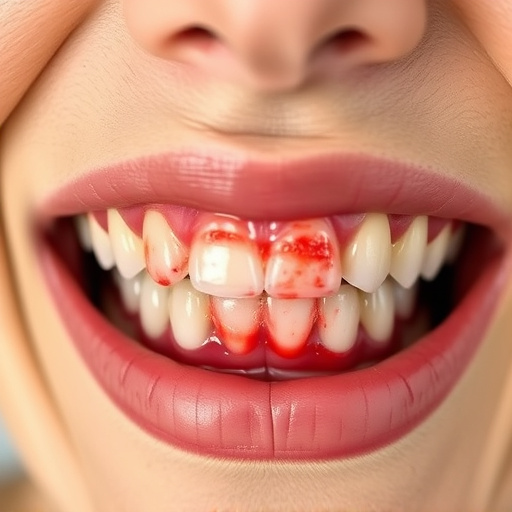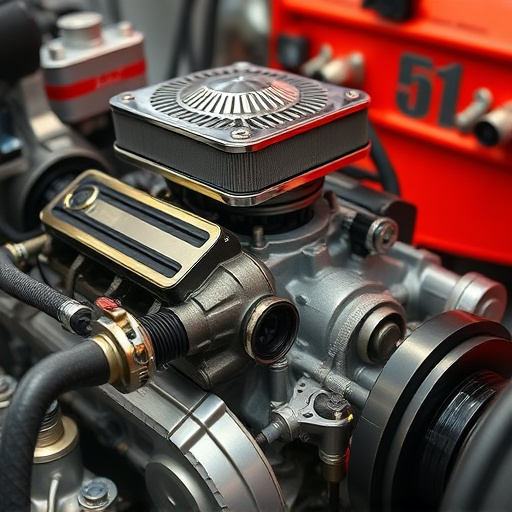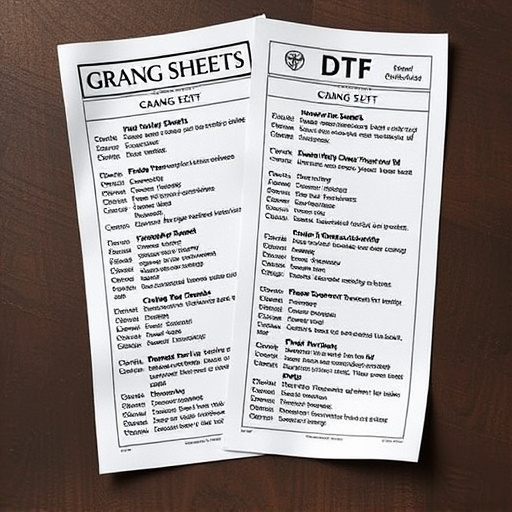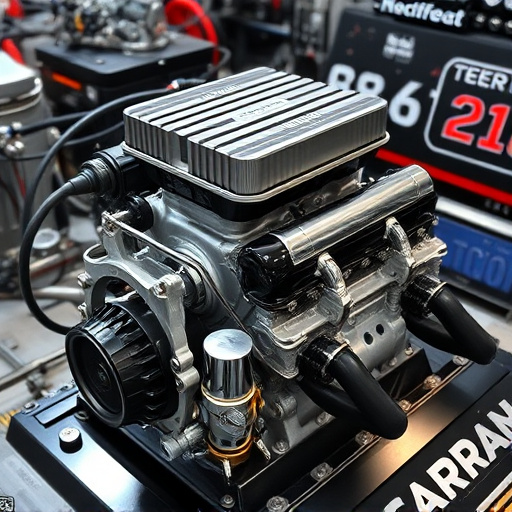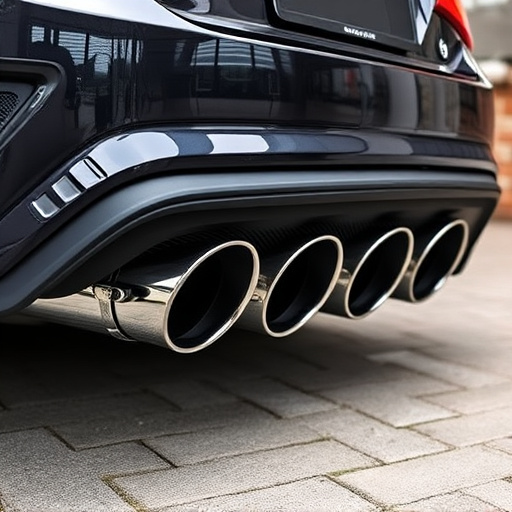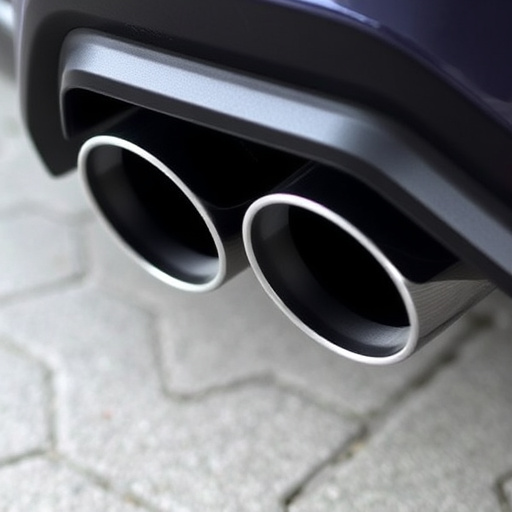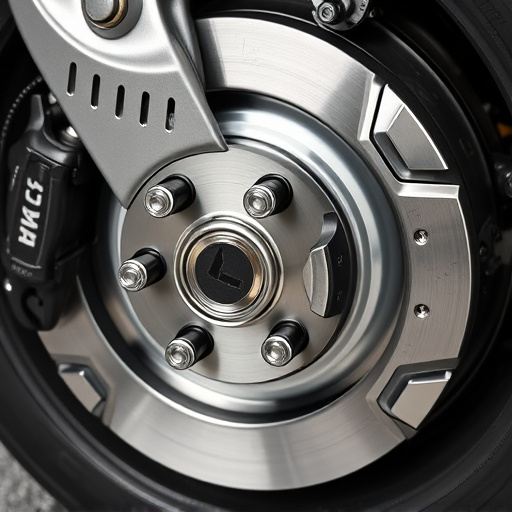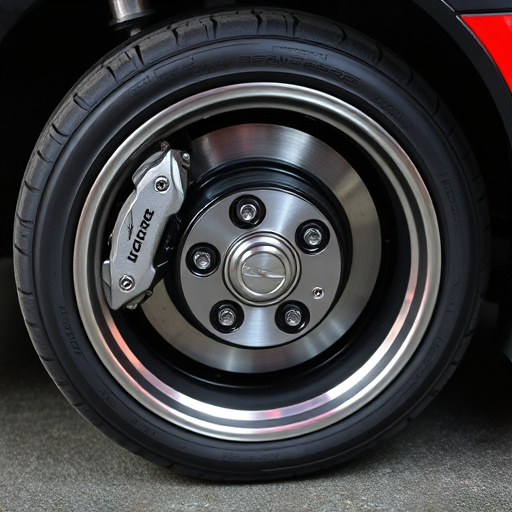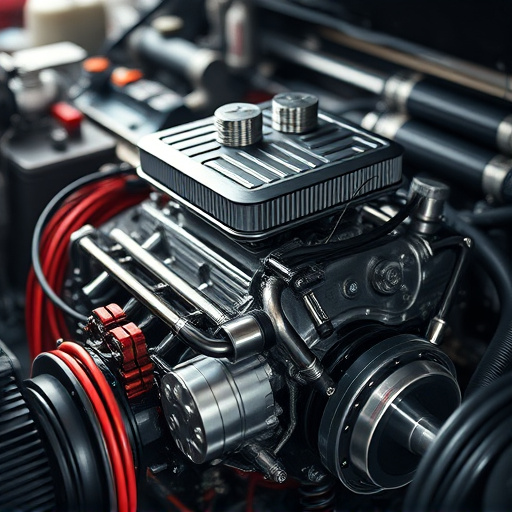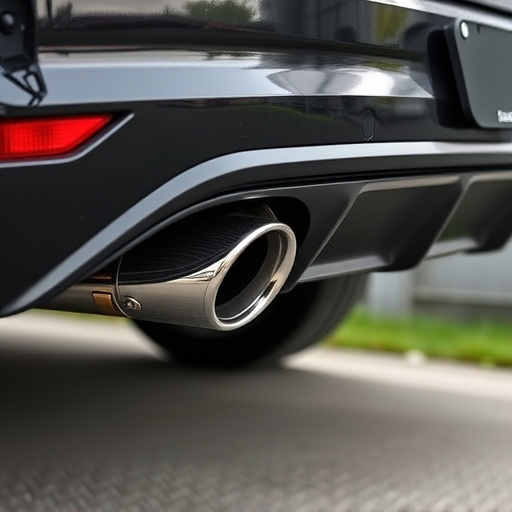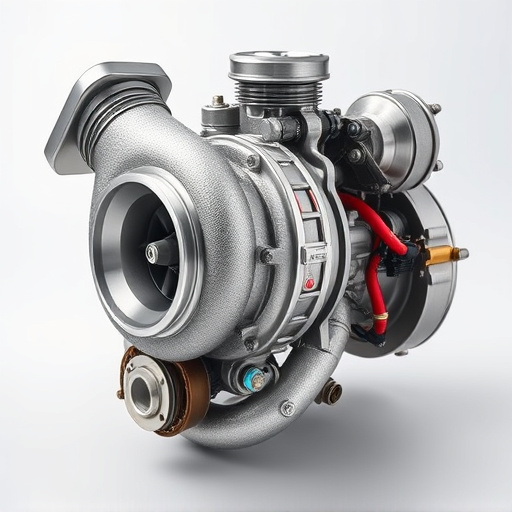Selecting appropriate spring rates for lowering springs is crucial for balancing performance and ride quality. Adjusting suspension settings post-installation, including spring rates, damping, and rebound, enhances handling while maintaining comfort. Proper wheel alignment and balance are vital after modifications to prevent uneven tire wear and handling issues. Regular checks ensure optimal safety and control.
After installing lowering springs, achieving optimal ride quality is essential. This guide helps you navigate post-modification adjustments for a smoother, more controlled drive. Discover how choosing the right spring rate aligns with fine-tuning suspension settings and maintaining proper wheel alignment for maximum stability. Learn these simple steps to ensure your vehicle’s performance matches its enhanced aesthetic following lowering springs installation.
- Choose the Right Spring Rate for Your Vehicle
- Adjust Suspension Settings After Spring Installation
- Ensure Proper Alignment and Wheel Balance Post-Modification
Choose the Right Spring Rate for Your Vehicle
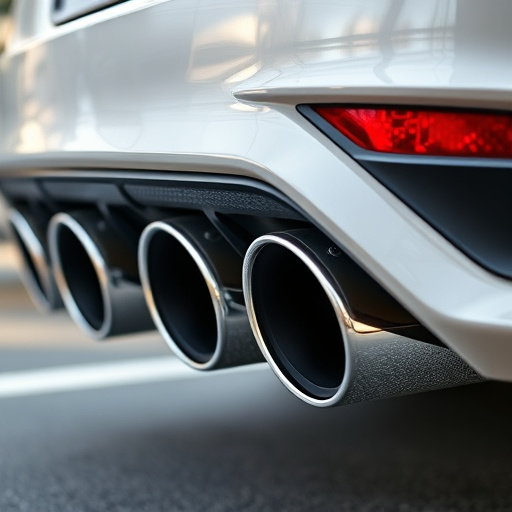
When considering lowering springs for your vehicle, choosing the appropriate spring rate is paramount to maintaining ride quality. Different vehicles have varying weight and performance characteristics, so selecting springs that align with these factors is crucial. A lower spring rate can improve handling and reduce body roll, enhancing cornering capabilities. However, it can also make the ride feel firmer and less comfortable, especially at higher speeds or over rough terrain.
For optimal results, match your vehicle’s weight and intended use with the recommended spring rate from the lowering springs manufacturer. If you’re looking to balance performance and comfort, consider coilover kits that offer adjustable spring rates. This way, you can fine-tune your ride height and stiffness, ensuring a smoother drive while still benefiting from improved handling, especially when paired with a performance exhaust or cat-back exhaust system for enhanced engine performance.
Adjust Suspension Settings After Spring Installation
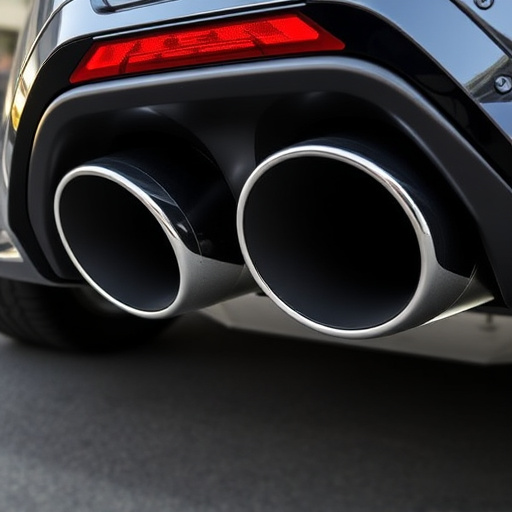
After installing lowering springs, it’s crucial to re-evaluate your vehicle’s suspension settings. The adjustment is essential to ensure the optimal ride quality and handling performance. Begin by checking the spring rates—lowered springs often have stiffer rates, which can affect how your car responds to road imperfections. Adjusting the damping and rebound settings on your shocks and struts will help maintain a smooth ride while allowing for enhanced control during cornering.
Additionally, consider upgrading other components like performance brakes and high-performance parts, such as a performance exhaust system. These upgrades complement lowered springs by further enhancing your vehicle’s overall performance capabilities. Remember that the combination of optimized suspension settings and top-tier automotive accessories can significantly contribute to an enjoyable driving experience, especially when navigating challenging road conditions or showing off your car’s potential on tracks.
Ensure Proper Alignment and Wheel Balance Post-Modification
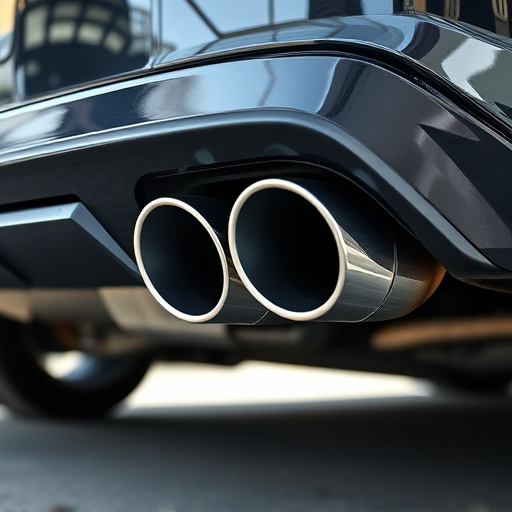
After installing lowering springs, proper alignment and wheel balance are crucial to maintaining ride quality. Unbalanced wheels can cause uneven tire wear, leading to a rough ride and reduced handling. To ensure optimal performance, have your vehicle’s alignment and wheel balance checked by a professional immediately after the modification. This is especially important if you’ve also made other changes, such as upgrading your brake rotors or installing performance air filter kits, as these adjustments can impact overall stability.
Remember that precise alignment ensures your tires make uniform contact with the road surface, enhancing safety and control. Balanced wheels contribute to consistent braking power and improved cornering capabilities. Neglecting these aspects could result in handling issues, so it’s a good practice to schedule regular alignment checks as part of your vehicle maintenance routine, especially after performance-oriented modifications like lowering springs.
After installing lowering springs, maintaining optimal ride quality is crucial. By carefully selecting the appropriate spring rate tailored to your vehicle’s specifications, adjusting suspension settings for precision, and ensuring proper wheel alignment and balance, you can enhance both performance and comfort. These steps are essential in preserving the handling characteristics of your vehicle while enjoying the benefits of a lowered stance, ensuring a smooth and enjoyable driving experience.
